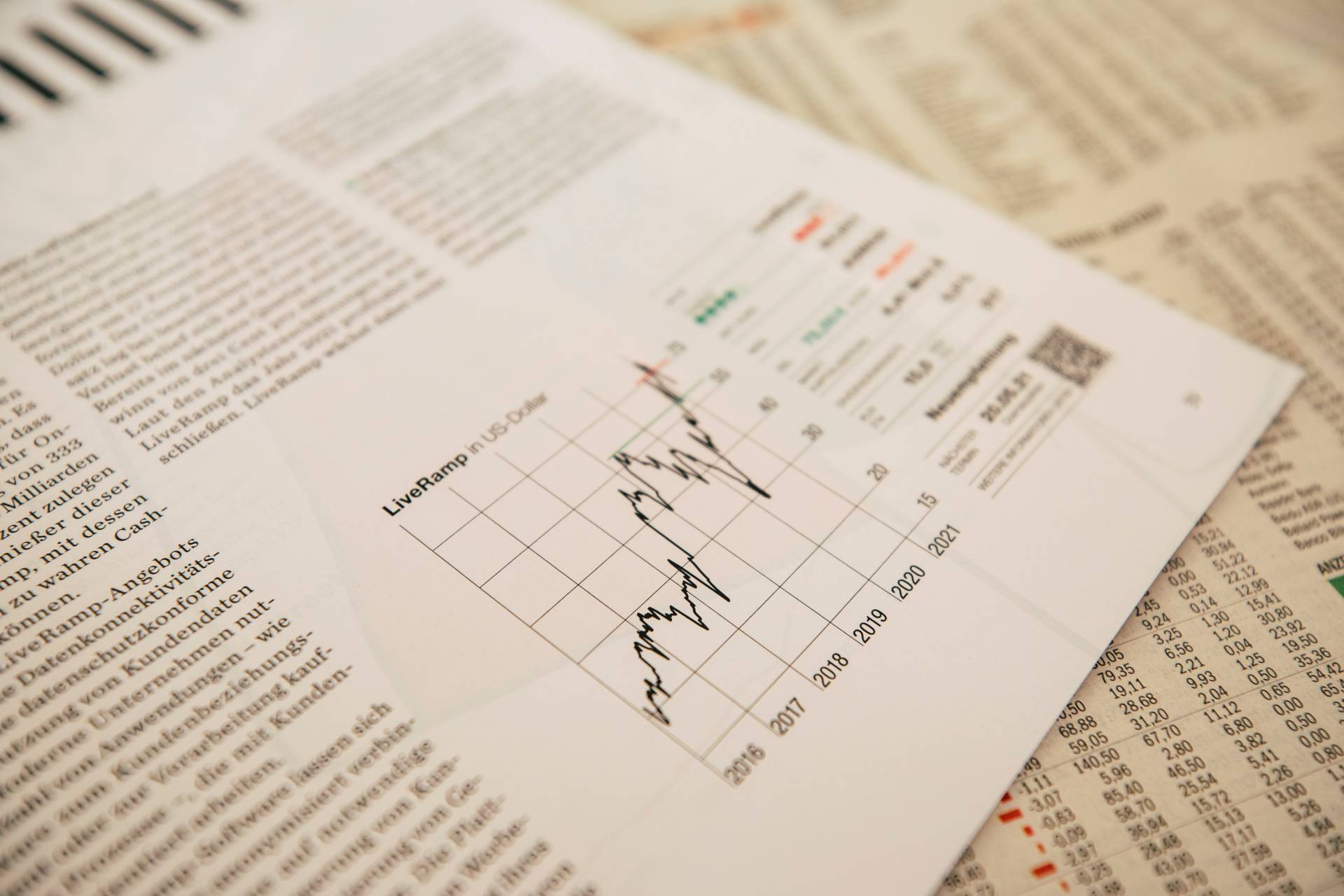The Federal Reserve announced on Wednesday that it would maintain interest rates at a 22-year high for the third consecutive meeting. This decision comes as the US economy experiences a slowdown in growth and investors anticipate rate cuts in the near future. Over the past year, the Fed has raised rates 11 times in an effort to combat high inflation, which peaked last summer. While inflation has since eased, the central bank acknowledges that there is still work to be done.
Projections for Inflation and Rate Cuts
According to the latest set of economic projections released by the Fed, officials expect inflation to cool at a slightly faster pace next year than previously estimated. This news is welcomed by economists who believe that the final stretch of the Fed’s battle against inflation will be the most challenging. Fed Chair Jerome Powell reiterated in a post-meeting news conference that additional rate hikes are still a possibility, but the market seems to be skeptical. Futures suggest that the first rate cut could come as early as March, with a slightly higher likelihood of a rate cut in May. Despite Powell’s mention of potential rate increases, the stock market rallied, with the Dow reaching an all-time intraday high.
Positive Outlook on Inflation
In a departure from its usual language, the Fed’s post-meeting statement acknowledged that while inflation remains elevated, it has eased over the past year. This shift in tone has been well-received by market experts who see it as a positive sign. Gina Bolvin, President of Bolvin Wealth Management Group, commented, “It appears that the Fed is moving in the market’s direction, rather than the market moving towards the Fed. The Santa Claus rally may continue.” With inflation not expected to reignite next year, the Fed’s decision likely signifies the end of rate hikes for this cycle.
Criteria for Rate Cuts
Looking ahead, a key question for the Fed will be the criteria for implementing rate cuts. Powell emphasized the importance of reducing restrictions on the economy well before inflation reaches 2%. Waiting until inflation hits 2% would be too late. The Fed’s latest estimates suggest that there could be three quarter-point rate cuts in 2024, which could have a positive impact on the frozen housing market and stimulate demand. The Fed will also consider the impact of rising inflation-adjusted interest rates when determining the necessity of rate cuts. If inflation slips below 2%, similar to the years leading up to the Covid-19 pandemic, the Fed may also pursue rate cuts.
The Possibility of a Soft Landing
There is hope among some economists that the Fed is on track to achieve a rare phenomenon known as a soft landing. This refers to a scenario in which inflation returns to the Fed’s target without a significant increase in unemployment. Though rare, it has occurred once in the 1990s, and some argue that soft landings have been more common than acknowledged. For now, the US economy remains in good shape, with steady job growth and positive economic growth. Record-setting sales during Black Friday and Cyber Monday further indicate the resilience of the economy.
Potential Challenges Ahead
Despite the positive outlook, challenges lie ahead for the economy in 2024. Americans continue to draw down their pandemic savings, leading to an increase in credit card balances. Economists anticipate that seasonally adjusted retail sales will decline for the second consecutive month in November. Vanguard, an investment management company, states that achieving a soft landing is unlikely. They expect below-trend growth, rising unemployment, and slowing wage growth in the coming year as the labor market loosens due to higher-than-expected labor supply growth.
See first source: CNN
FAQ
1. Why did the Federal Reserve decide to maintain interest rates at a 22-year high?
- The Federal Reserve made this decision due to the ongoing economic slowdown and the need to combat high inflation, which peaked last summer.
2. How many times has the Fed raised rates in the past year, and why?
- The Fed has raised rates 11 times in the past year in an effort to control high inflation and maintain economic stability.
3. What are the projections for inflation and possible rate cuts?
- According to the Fed’s latest economic projections, officials expect inflation to cool at a slightly faster pace in the coming year. While the possibility of rate hikes still exists, the market anticipates rate cuts, with the first one potentially as early as March.
4. How did the stock market react to the Fed’s decision to maintain rates?
- Despite the mention of potential rate hikes by Fed Chair Jerome Powell, the stock market rallied, with the Dow reaching an all-time intraday high.
5. What is the significance of the Fed’s shift in tone regarding inflation in its post-meeting statement?
- The Fed’s acknowledgment that inflation has eased over the past year is seen as a positive sign by market experts, and it likely signifies the end of rate hikes for this cycle.
6. What criteria will the Fed consider for implementing rate cuts in the future?
- The Fed will consider reducing restrictions on the economy well before inflation reaches 2%. Waiting until inflation hits 2% would be considered too late. The Fed may also pursue rate cuts if inflation slips below 2%.
7. What is a “soft landing,” and why is it desirable for the economy?
- A “soft landing” refers to a scenario in which inflation returns to the Fed’s target without a significant increase in unemployment. It is desirable because it signifies a controlled and stable economic transition.
8. What are some potential challenges and concerns for the US economy in 2024?
- Challenges include Americans drawing down their pandemic savings, leading to increased credit card balances, and anticipated declines in retail sales. Some experts believe achieving a soft landing is unlikely, with expectations of below-trend growth, rising unemployment, and slowing wage growth.
Featured Image Credit: Photo by Markus Spiske; Unsplash – Thank you!

